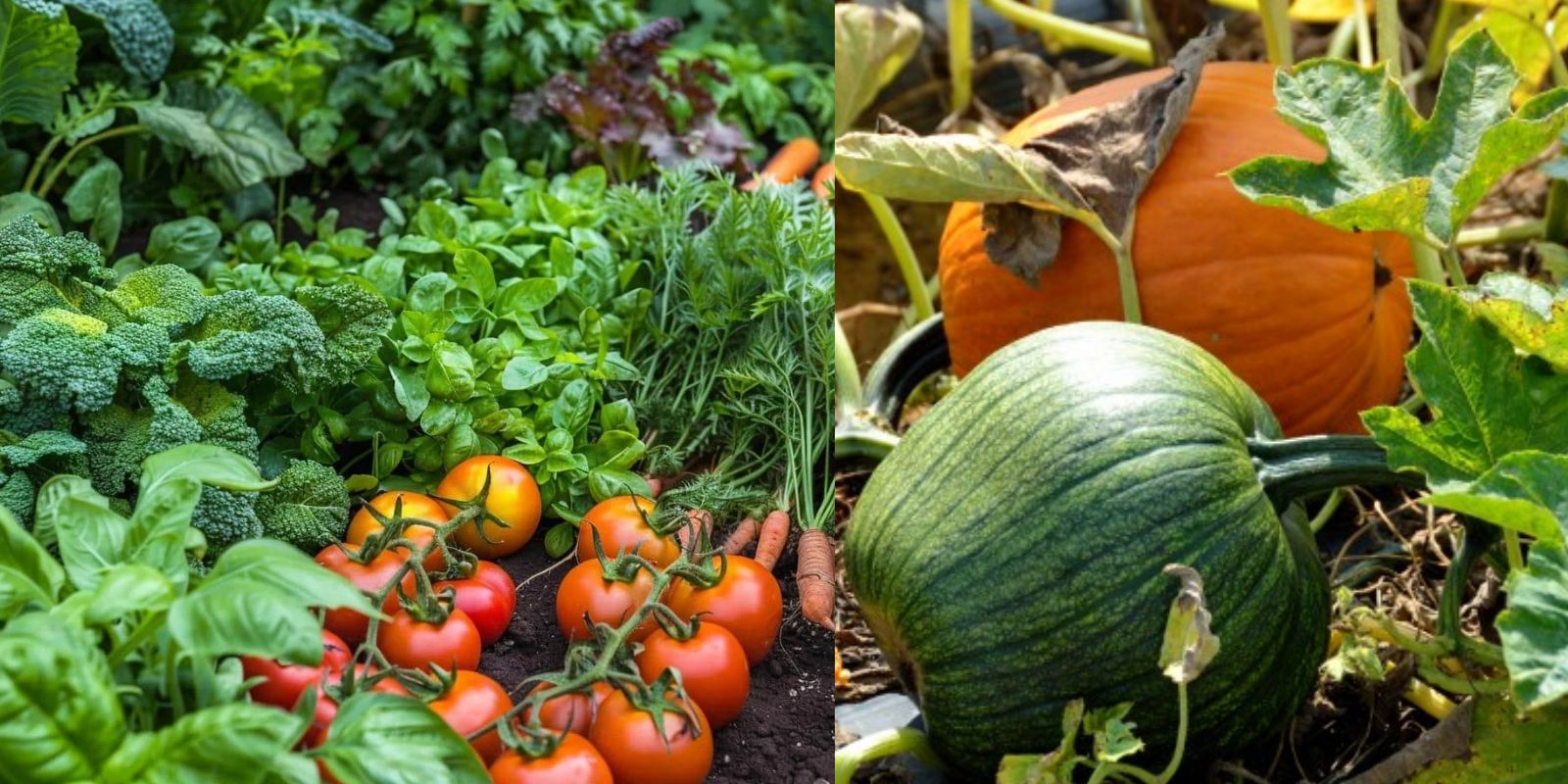A flourishing vegetable garden is a source of pride and joy for many gardeners. The satisfaction of growing your own fresh, flavorful produce is unmatched. However, achieving a thriving garden requires a blend of knowledge, careful planning, and consistent care. In this comprehensive guide, we’ll explore the essential steps to unlock the secrets of a successful vegetable garden, ensuring that you enjoy a bountiful harvest all season long.
1. Choosing the Right Location
Sunlight and Soil: The first step to a thriving vegetable garden is selecting the right location. Vegetables generally need at least 6-8 hours of direct sunlight each day to grow successfully. A sunny spot in your yard or garden will ensure that your plants receive the necessary light for photosynthesis and strong growth.
Drainage: Proper drainage is crucial for vegetable gardens. Choose a location with well-draining soil to prevent waterlogging, which can lead to root rot and other issues. Avoid areas where water tends to pool or where the soil remains soggy.
Accessibility: Consider the convenience of your garden’s location. Choose a spot that is easily accessible for watering, harvesting, and maintenance. Proximity to a water source will make irrigation more manageable.
2. Preparing the Soil
Soil Enrichment: Soil preparation is a critical step in creating a thriving vegetable garden. Start by enriching the soil with organic matter such as compost, aged manure, or leaf litter. Organic matter improves soil fertility, structure, and moisture retention, providing a nutritious environment for your plants.
Soil Testing: Conduct a soil test to determine the pH and nutrient levels of your soil. Vegetables generally prefer a slightly acidic to neutral pH (around 6.0 to 7.0). Based on the results, you may need to adjust the pH or add specific nutrients to optimize growing conditions.
Tilling: Loosen the soil to a depth of at least 12 inches to improve aeration and root growth. Avoid compacting the soil, as this can hinder root development and water infiltration.
3. Planning Your Garden Layout
Spacing and Arrangement: Effective garden planning involves arranging your plants according to their spacing requirements and growth habits. Proper spacing ensures that plants have enough room to grow without competing for resources. Use plant labels or markers to keep track of your layout and planting dates.
Companion Planting: Implement companion planting techniques to maximize space and improve plant health. For example, plant basil near tomatoes to enhance their flavor and deter pests, or grow marigolds to repel nematodes and attract beneficial insects.
Crop Rotation: Practice crop rotation to prevent soil depletion and reduce the risk of diseases and pests. Avoid planting the same vegetable in the same spot year after year. Rotate crops from different plant families to maintain soil health and fertility.
4. Watering Properly
Consistent Moisture: Vegetables require consistent moisture to grow well. Ensure that your garden soil remains evenly moist but not waterlogged. Overwatering can lead to root rot, while underwatering can cause plants to become stressed and produce smaller yields.
Irrigation Methods: Use efficient irrigation methods to deliver water directly to the root zone. Drip irrigation systems or soaker hoses are excellent options for providing a steady supply of water while minimizing evaporation and runoff.
Watering Schedule: Water your garden early in the morning to reduce evaporation and allow plants to absorb moisture before the heat of the day. Adjust your watering schedule based on weather conditions, soil moisture levels, and the needs of your specific crops.
5. Monitoring and Managing Pests
Regular Inspections: Keep a close eye on your plants for signs of pests and diseases. Inspect the undersides of leaves, stems, and soil for any unusual activity or damage. Early detection is key to managing problems before they escalate.
Organic Solutions: Use organic or natural pest control methods to manage common garden pests. For example, introduce beneficial insects like ladybugs to control aphids or use neem oil to treat fungal infections. Avoid chemical pesticides that can harm beneficial organisms and disrupt the garden ecosystem.
Preventive Measures: Implement preventive measures to reduce the likelihood of pest infestations. Practice good garden hygiene by removing dead plant material, using mulch to deter weeds, and maintaining proper spacing to improve airflow.
Additional Tips for a Thriving Vegetable Garden
Mulching: Apply a layer of organic mulch, such as straw or wood chips, around your plants to help retain soil moisture, suppress weeds, and regulate soil temperature. Mulching also improves soil structure as it decomposes.
Fertilization: Regularly fertilize your vegetable garden to ensure that plants receive essential nutrients. Use balanced, organic fertilizers or compost to provide a steady supply of nutrients throughout the growing season.
Harvesting: Harvest vegetables at their peak for the best flavor and nutritional value. Regular harvesting encourages continued production and prevents overripe or rotting produce.
Seasonal Care: Adapt your gardening practices to the changing seasons. Adjust watering, mulching, and pest management techniques based on weather conditions and plant growth stages.
Learning and Adaptation: Gardening is an evolving process, and each season provides opportunities for learning and improvement. Keep notes on your garden’s performance, experiment with new techniques, and seek advice from fellow gardeners or gardening resources.
Conclusion: Cultivate Your Garden Success
Unlocking the secrets of a thriving vegetable garden involves careful planning, consistent care, and a willingness to adapt and learn. By choosing the right location, preparing your soil, planning your layout, watering properly, and managing pests effectively, you can create a bountiful and productive garden that provides fresh, delicious produce throughout the growing season.
Embrace these practices and enjoy the rewards of a flourishing vegetable garden. With dedication and attention to detail, you’ll be well on your way to growing a garden that is not only productive but also a source of pride and satisfaction. Happy gardening! 🌱🍅🥕

